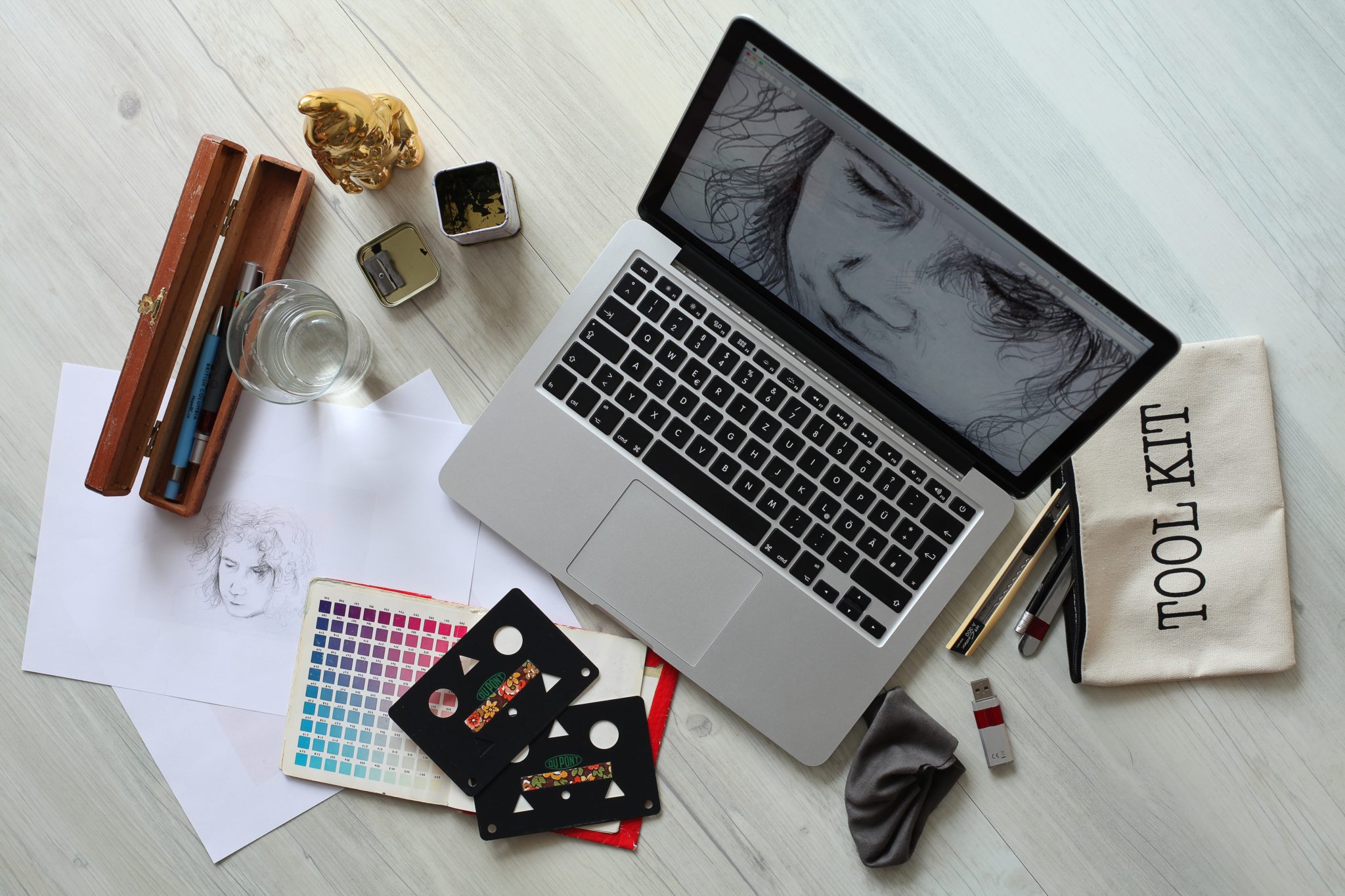What do you desire? This was a question posed by the famous British philosopher Alan Watts, and as you can see from this video, where he discusses what we would do if money was irrelevant and we followed our deepest desires, there are some interesting possibilities and desires.
He says “So I always ask the question, what would you like to do if money were no object? How would you really enjoy spending your life?” Adding “Well, it’s so amazing as a result of our kind of educational system, crowds of students say well, we’d like to be painters, we’d like to be poets, we’d like to be writers, but as everybody knows you can’t earn any money that way.”
However, roughly 50 years later and the world is a very different place indeed. Thanks to the internet we are now more connected than ever with the ability to project ourselves and our work onto a worldwide platform. Poets, musicians, painters, and a plethora of artists with varying creative talents can now monetize their skills using their internet.
For example, I love writing and I am fortunate enough to make it my full-time job, however, without the internet, my ability to pursue this career may have been hindered in the time of Alan Watts. As artists, we no longer rely on the gatekeepers of the industry to achieve worldwide recognition or attention. We just need an audience that holds an interest in our offering.
In light of this, many artists such as Dami Lee and Cassandra Calin have turned Instagram into their own online art gallery for their artistic talent of drawing cartoons. And as Dami Lee recently demonstrated in an article in The Verge, pursuing this as a career or hobby is now more possible than ever.
Though Lee originally started out using a ballpoint pen and then scanning in her work, she now uses a cheap Wacom Bamboo tablet connected to her MacBook Air with a USB cable, along with a number of other devices, and draws on Clip Studio Paint. As you can see in the video the equipment is fairly accessible and the process is very straightforward, the only ingredient left is some creativity.
With this, anyone can elevate their skill as a digital artist. Interestingly, Minh Uong, a visual editor for The Times’s business section, was recently interviewed in the New York Times and was posed the question “Have tech tools like the iPad and Apple Pencil, or Microsoft’s Surface tablets, made it easier for people to draw things and lowered the barrier to entry for becoming a professional illustrator?” To which he responded “No doubt these tech tools make it much easier to create artwork, just as the high-quality cameras that come with today’s smartphones have turned us all into “photographers.”
Evidently, pursuing your dreams of creating digital art and cartoons is more obtainable now than it was for previous generations, and the good news is the opportunities don’t stop there. The thriving digital art scene has given birth to numerous services that allow you to display or even make a profit from your creations.
For example, Palacio Inc. recently launched Canvia, a smart art frame that uses the confluence of innovative technologies, device features and curated content to redefine “Art as an Experience”. Canvia gives customers the option to display a variety of artworks in a single frame, bringing flexibility to art buying. Using Canvia art of all kind, including digital art and cartoons, can be proudly displayed in a person’s home or wherever they want to present their work.
What’s more, artists now have the opportunity to display and even sell their work using a variety of platforms, one of which is DADA nyc. The New York-based startup is the first visual conversation platform: a social network where regular people and artists speak to each other through drawings. Users from different countries engage in spontaneous “visual conversations’ and, by doing so, they create collaborative art.
To date, DADA has an engaged community of over 160,000 registered users, and close to 100,000 original drawings made directly on the platform. As well as being an engaged network where people create art together, it is also now also a blockchain-powered marketplace where individuals can purchase and obtain ownership of collaborative, digital art created by the community.
We live in exciting times, made even more exciting by the opportunities available at our fingers tips. We can now take advantage of a worldwide audience which is only a few clicks away. In doing so we have the potential to reach millions while producing something we love. Our only limitation is our creativity, so in the words of Alan Watts “What do you desire?”











